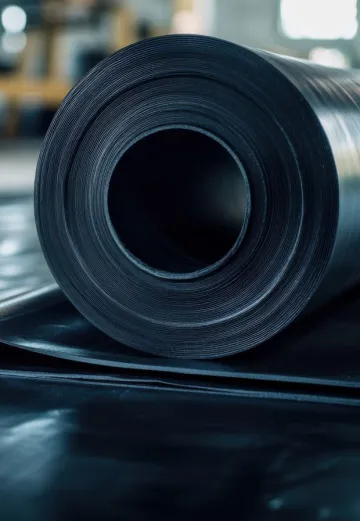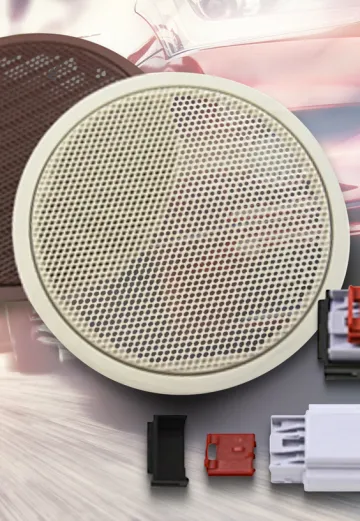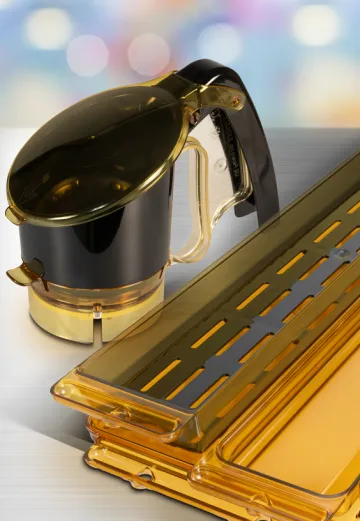By Alex Sargeant
1. Choosing the Wrong Injection Molding Partner
The popularity of injection molding for the mass production of plastic items is attributable to a lengthy list of benefits, from low costs and high production rates to reduced scrap, material flexibility and unmatched repeatability. The process is particularly advantageous when large quantities of highly repeatable, consistent parts or components are needed at a relatively low cost per piece. Injection molding is not without its potential pitfalls, however. If your injection molding partner fails to consider all aspects of the process very carefully, any number of problems can occur, resulting in manufacturing delays, inferior part quality, unplanned expenses and cost overruns.
When it comes to mass-producing plastic parts and components, high levels of technical expertise and attention to detail are required to prevent small mistakes from costing manufactures big money. Preventing such a scenario depends on the experience and proficiency of your injection molding partner. Following are a few of the molding defects that can occur in a part during injection molding: flow lines, sink marks, vacuum voids, surface delamination, weld lines, short shots, warping, burn marks, jetting and flash.
Most of these mistakes are caused by inexperienced personnel who lack the required knowledge or tools at their disposal. Conversely, creative solutions and ingenuity abound with Sonoco as your injection molding partner. Our well-trained personnel have the right experience and the correct combination of hardware and software to exceed your expectations. Without question, finding the right team of people with plenty of relevant expertise is the surest way to reduce your risks and ensure program success.
2. Choosing the Wrong Materials
With plastic injection molding, you have a wide variety of materials to consider, including ABS, polypropylene, polyphenylene sulfide, nylons and polycarbonates and more. Strength, flexibility, temperature range and clarity are just a few of the common requirements that will drive your decision-making process. Having an experienced injection molding partner who understands how each material responds under different conditions can help you make informed decisions to improve lead times, part quality and cost efficiency.
Many plastic injection molding mistakes can be traced back to poor material choices, which can lead to poor part quality — and additional costs to fix the problems. That’s why choosing an injection molding partner with a proven track record is so important. Ideally, your injection molding partner will have a high level of expertise working with the same type of parts and applications you need. If you are not careful and end up working with an inexperienced injection molding partner, you could be setting the stage for costly mistakes that stem from their lack of experience and skill. Project implosions attributable to personnel and partner incompetence are among the toughest pills to swallow because, in most cases, they can be avoided. Conducting advance due diligence and choosing an injection molding partner with the right combination of experience and skill will allow your team to identify potential issues long before they occur so they can be addressed early – before they morph into costly problems.
3. No Fooling When It Comes to Tooling
Injection molding involves the precise functionality of numerous mechanical parts, but perhaps none are more important than the mold tooling. This essential element shapes and forms the final component. Choosing the wrong mold tooling can have a significant impact on the quality and efficiency of component production. Whether you’re choosing a standard or custom part, you want it to be as consistent and high-quality as possible. Your injection molding partner will work with you to choose the right mold tooling.
The cost and time investment of getting the right injection molding for the job can be pretty high. The investment is well worth it in the long run, however, because selecting the right mold tooling with the correct controls and parameters will shorten cycle times and lead to additional production efficiencies. Controlling elements within the process such as the dimensions of the gate and runner that feed the plastic into the tooling will help ensure optimal efficiencies.
Provided your tooling is properly maintained, designed and built, it should be able to produce parts for thousands and even millions of process cycles with very few faults. To ensure the tooling doesn’t wear or delay the molding process, your injection molding partner will help you make sure the right grade of steel is selected and that the correct cooling channels are placed within the mold. Additionally, monitoring of water quality being used in your tool is paramount to the longevity of the mold.
To help our customers get the most cost-effective and efficient mold tooling possible, we can support them in the design and selection of mold tooling, as well as provide advice on the type of thermoplastic to use based on the application of the final part. At the end of the day, our goal is to make sure you have the tooling resources capable of delivering the right quality tool for the money and for the life expectancy of the program.
Contact SonocoPlastics@sonoco.com to reach our Industrial Plastics team to learn more about our full assortment of products and services.




